I’m sure you already know that weird things can be found on Google Maps. But when you browse around the African desert and stumble onto an icon of a plane, it may seem weird at first; however, when you find out what it really is, you realize it’s beautiful.
The icon is actually a memorial site that was constructed to honor the victims of UTA Flight 772. Here is the story behind the tragic event and how its victims were honored with a beautiful memorial.
UTA Flight 772 was a scheduled flight operating from Brazzaville in the Republic of Congo to Paris Charles de Gaulle airport in France.
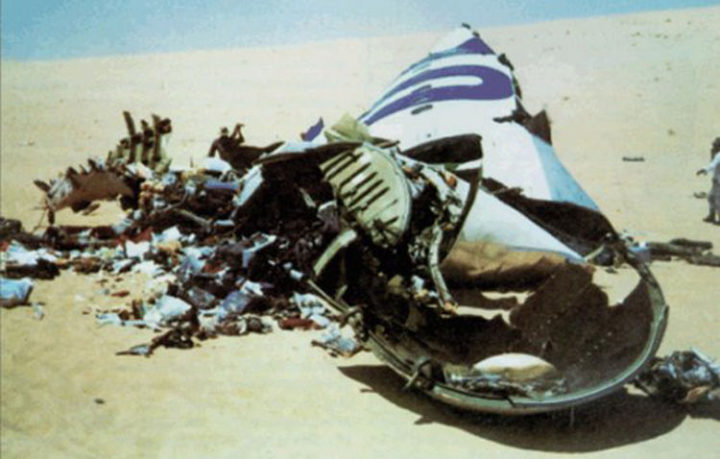
On September 19th, 1989, UTA Flight 772 took off from N’Djamena International Airport. Only 46 minutes later, the plane crashed and all 170 people on board perished.

Eighteen years later, the victims’ families gathered at the crash site to build a memorial.
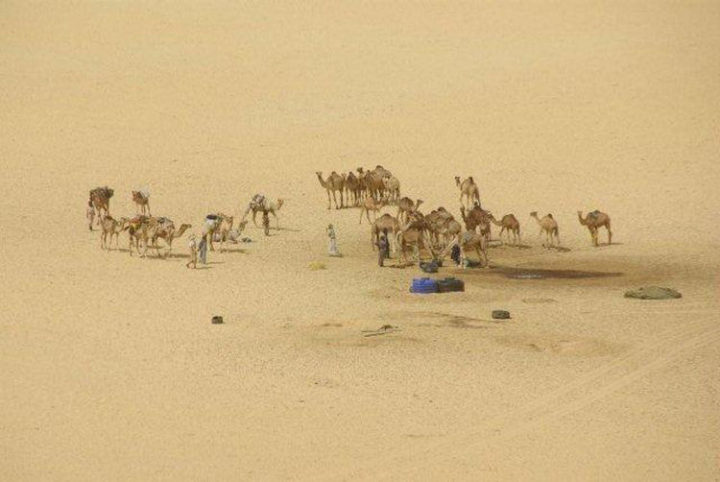
Because the location was so remote, pieces of the UTA Flight 772 wreckage could still be found.



An association of the victims’ families, Les Familles de l’Attentat du DC-10 d’UTA, helped create the UTA Flight 772 memorial along with the help of local inhabitants.



The memorial was built mostly by hand and dark stones were used to create a circle that measured 200 feet in diameter.

The Ténéré region of the Sahara Desert is one of the most inaccessible places on the planet. The dark stones had to be trucked to the site from over 70 kilometers away.
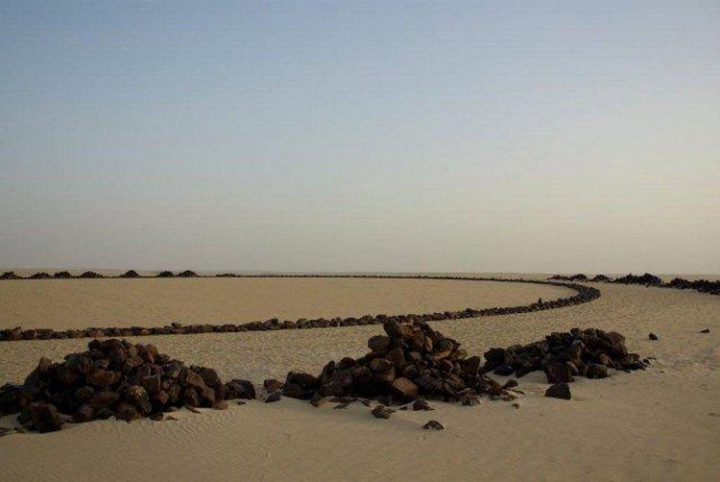

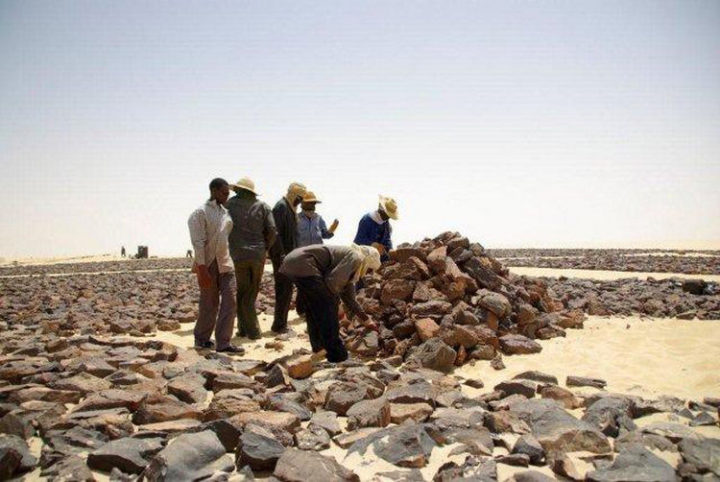
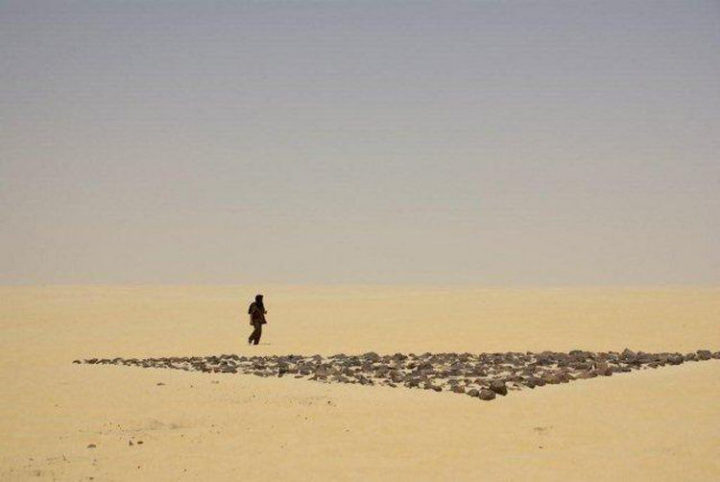
The memorial was built over the course of two months in May and June of 2007.

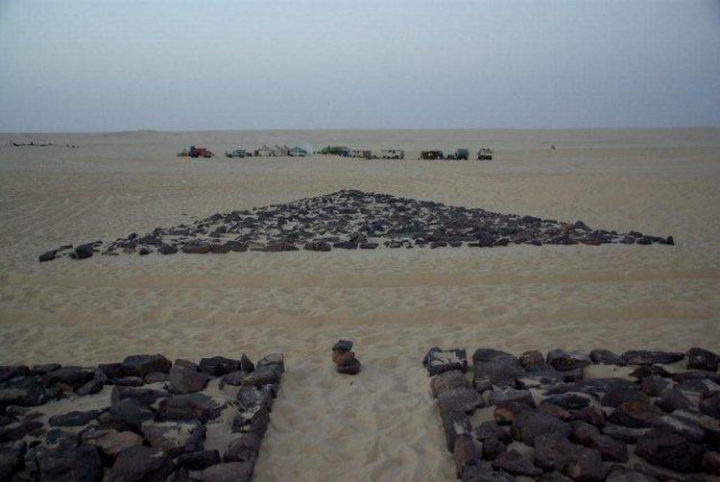
All 170 victims were represented with a broken mirror and all 170 mirrors were placed around the circumference of the memorial.

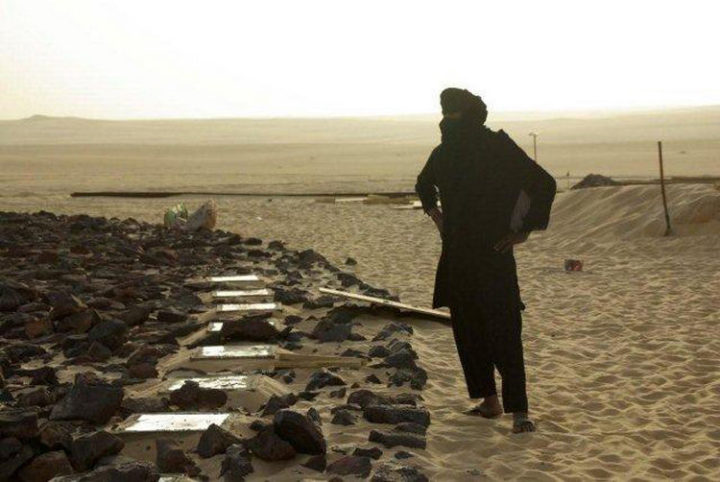
The memorial is anchored by the starboard wing of the aircraft. It was located nearly 10 miles away and was trucked to the site. Workers had to dig up the wing and empty all the sand that accumulated inside it.
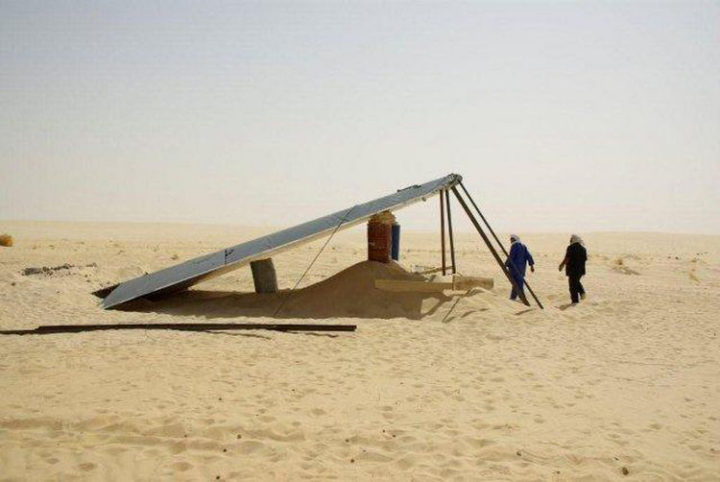
A special plaque commemorating each victim is affixed to the starboard wing.
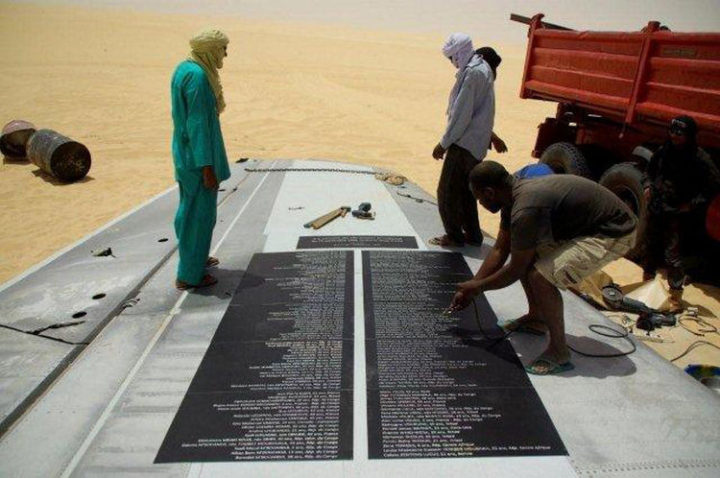
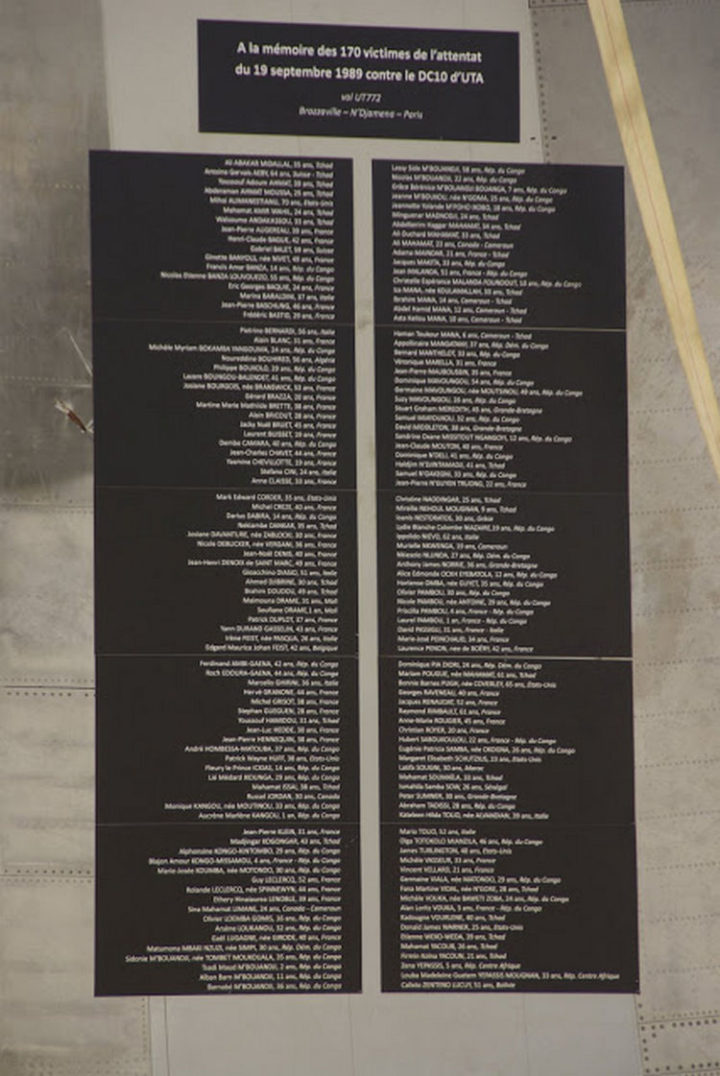
With the aid of trucks, the wing was erected upright.
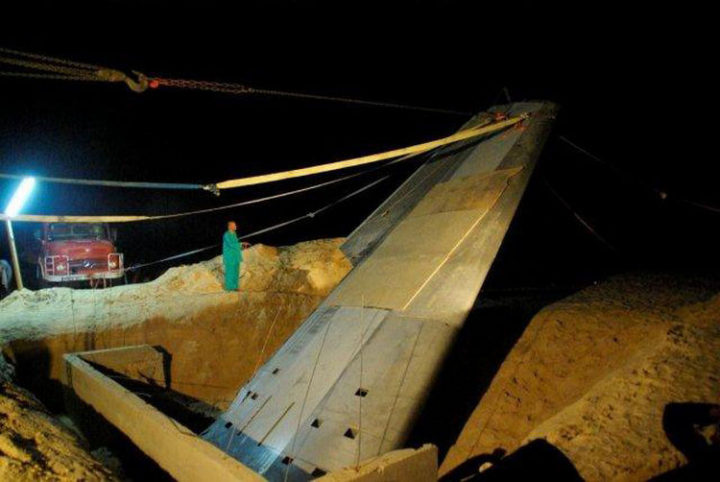
With all the victims’ names visible, it is the centerpiece of the memorial.
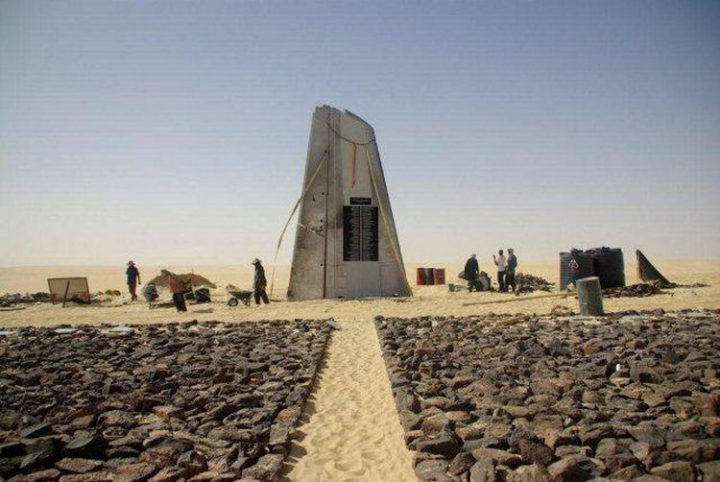
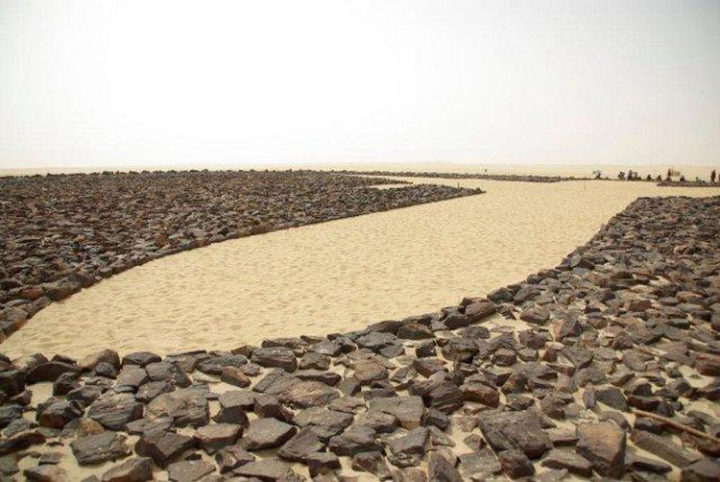

The UTA Flight 772 memorial was partly funded by the $170 million compensation package provided by the Libyan government.

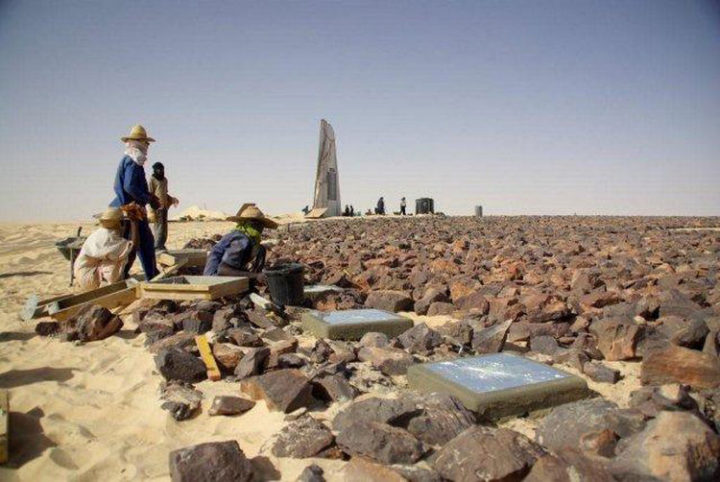

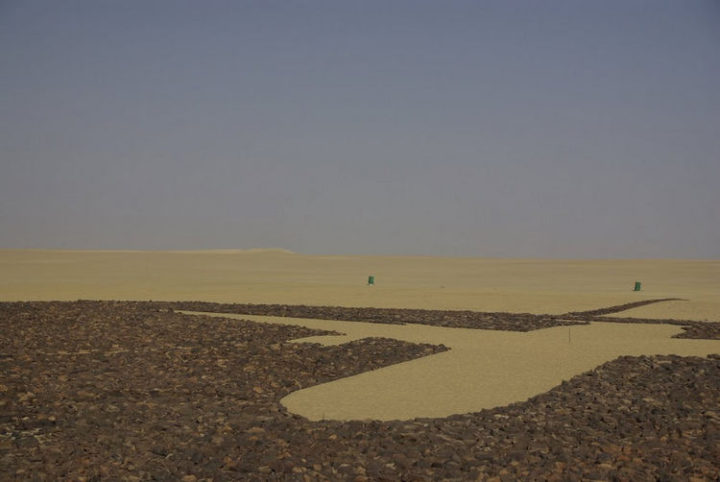
A view of the completed UTA Flight 772 memorial.

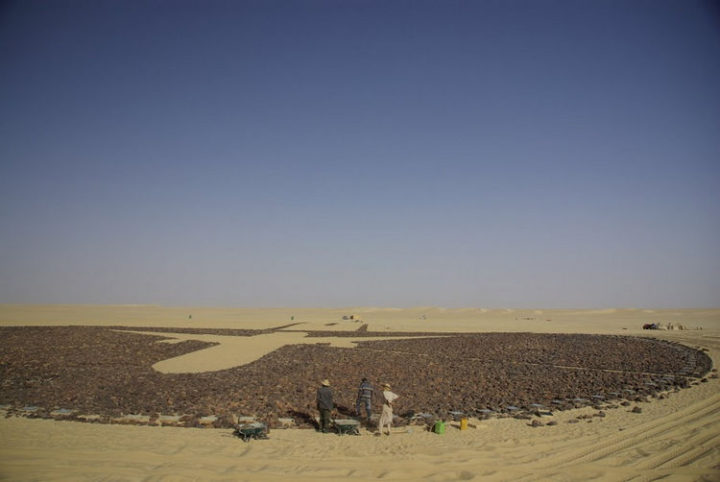

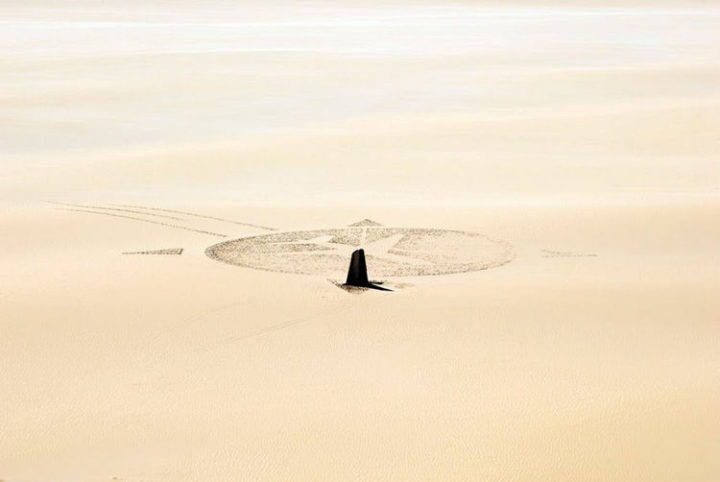
The UTA Flight 772 memorial can still be seen from Google Earth.
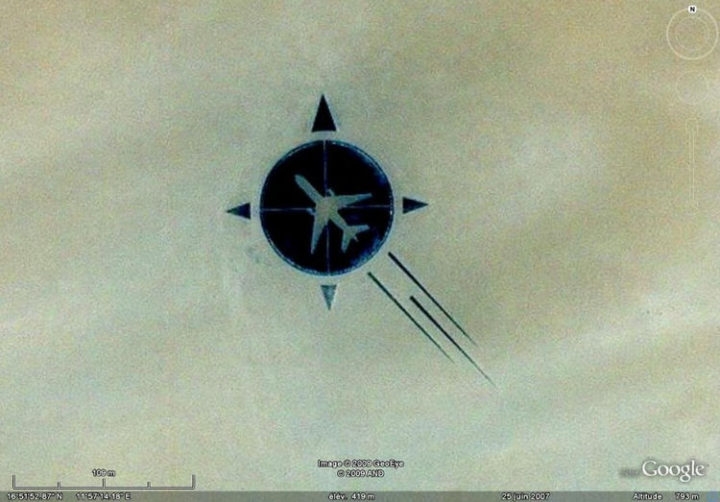
Over the years, the sand has accumulated over some portions of the memorial but the UTA Flight 772 Memorial is still visible on Google Maps.

H/t: Imgur
After investigating the cause of the crash, it was found that a suitcase bomb was used to blow up the plane, and it resulted in 156 passengers and 14 crew members losing their lives. Ultimately, six Libyans were convicted of this terrorist attack.
The way these families worked so hard to build a beautiful memorial for these victims and to remember them forever warms my heart. Please share this timeless memorial for victims of UTA Flight 772 with your friends and family.



